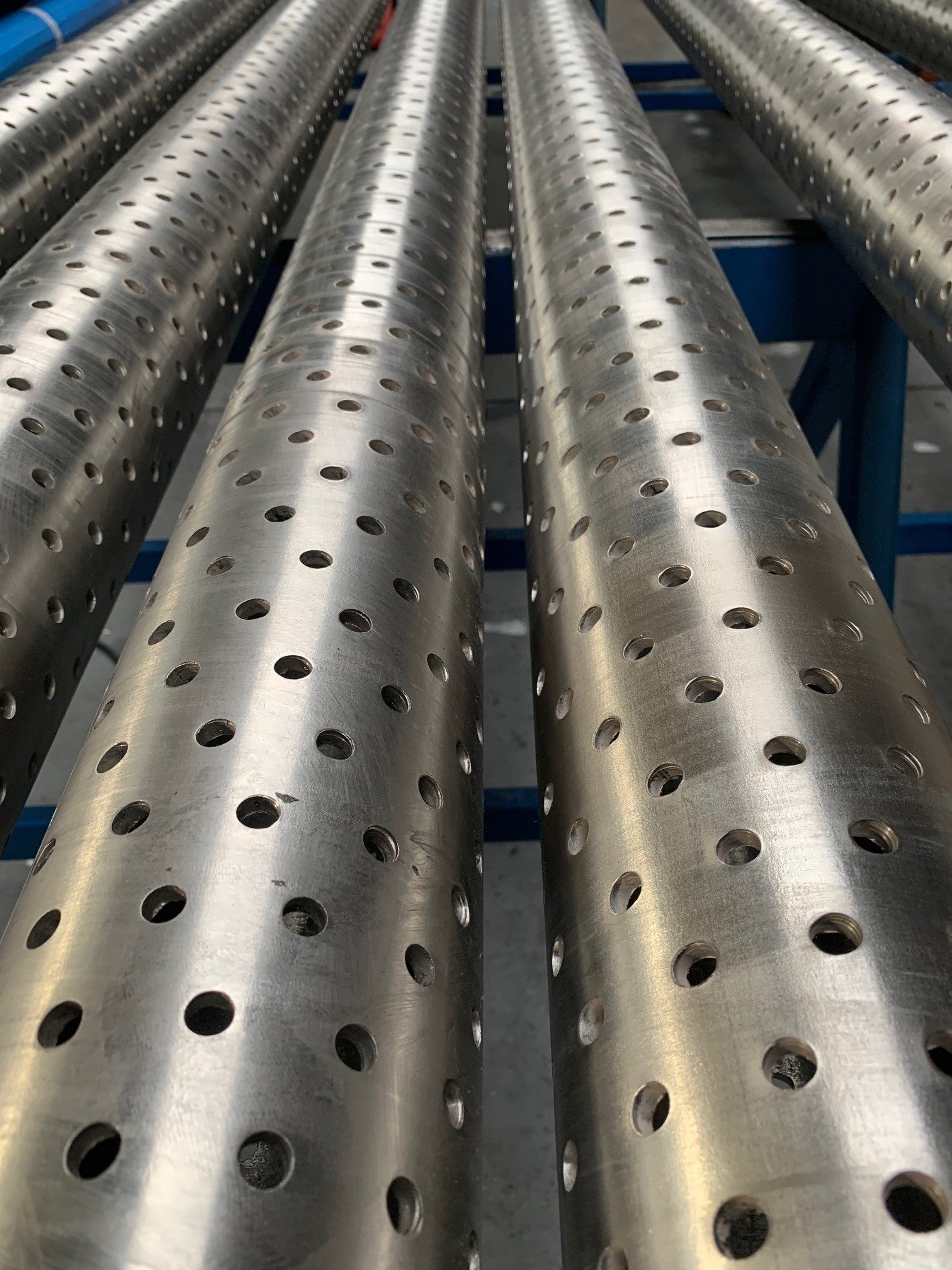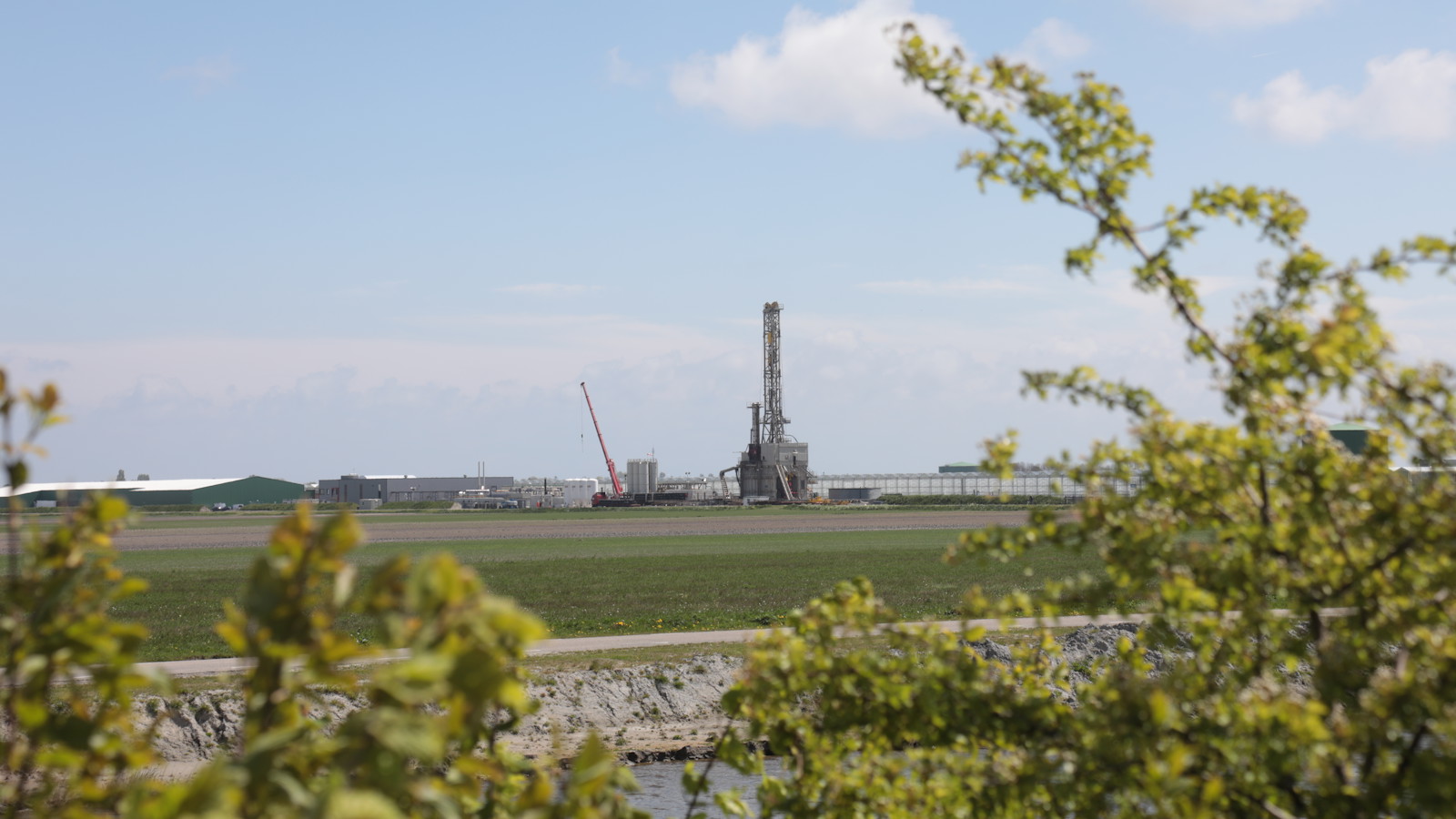Tracing a used steel shipment from LKAB in Sweden, via a metal recycling site and Alleima, all the way to a geothermal heating plant in Holland.
The buy-back concept aligns with our ambition to reach 83% production system circularity.
Have you ever wondered how the circular economy works in practice? When Swedish mining company Luossavaara-Kiirunavaara Aktiebolag (LKAB) asked what had come of a shipment of scrap steel from its processing plant in Kiruna, Alleima decided to find out. This is the story of how a repurposed steel belt from a Swedish processing plant ended up in a geothermal heating plant in Holland.
The circular economy is nothing new for Alleima, which has operated a buy-back program since the late 1990s.
“The buy-back concept aligns with our ambition to reach 83% production system circularity,” says Katarina Veem. Head of Sustainability at Alleima Tube Division.
From processing to scrap metal
In June 2021, scrap metal merchants Kuusakoski received a 440-ton shipment from LKAB’s processing plant in Kiruna, Sweden. The shipment contained all the various components that had made up a belt used in one of the processing plants to transport iron ore pellets, small round balls made of high-quality iron ore from the LKAB mine, to a furnace for drying.
“When the material arrived with us, our first task was to sort it and separate the high-alloy steel from the iron scraps,” says Jan Henriksson at Kuusakoski Recycling.
Whereas the iron scraps were sent for re-smelting, the parts made of high-alloy steel, such as grate plates, link covers, bushing and spools, continued their journey to Kuusakoski’s plant in Gävle, Sweden for quality control.
Quality control
“Once we had analyzed all the different materials and made sure they met the required standards of Alleima, they were delivered in batches,” continues Henriksson.
Once back with Alleima, the material went through further studies to establish what kind of new product it could be used for. Alleima Purchasing Manager Per-Ragnar Moberg explains:” When the material comes to us, we carry out an in-depth analysis to find out how much nickel, chromium, manganese and so on it contains. This allows us to decide how to best to re-use it.”
“The more we know about the steel the better we can allocate it,” agrees Dyon Hermsen, a sales manager with Alleima, who goes on to describe the steps the steel went through between leaving the scrap yard, being remelted into a new steel grade and eventually resold.
Getting the recipe right
“The steel is analyzed before being smelted in an electric furnace, with some added elements, depending on its chemical composition,” says Hermsen.
 After smelting in the Electric Arc Furnace, the material is further processed in the AOD-converter to reduce carbon and sulfur. The third step in steel melting process is the ladle furnace, where the final adjustments are made to the composition.
After smelting in the Electric Arc Furnace, the material is further processed in the AOD-converter to reduce carbon and sulfur. The third step in steel melting process is the ladle furnace, where the final adjustments are made to the composition.
“This is our base for production, to which we add certain elements, like nickel, chromium and manganese, to get the recipe just right,” he continues, adding that Alleima produces more than 900 different stainless-steel grades, each of which is made up of a precisely balanced mix of elements, forming a unique “recipe”.
The melted steel is transferred to the continuous caster. The concast billets are forged and rolled to the correct size for further production. This is followed by cutting, cleaning and drilling (if it is a hollow, tubular product), before the steel is heated up once again to prepare it for extrusion.
After extrusion the final result is a stainless-steel pipe or hollow bar,” concludes Hermsen.
Factory to geothermal plant
The finished product was delivered to HP Well Screen, a Dutch manufacturer of customized screen solutions for sand control, in industries ranging from oil & gas to geothermal energy, and architecture.
“Alleima stainless steel tubes are now at the bottom of a geothermal well, at a depth of 2,500 meters, where they are part of our filter system that controls the sand formation to allow the water to be pumped up,” explains Maik Nieuwenhuis with HP Well Screen.
“This is a corrosive environment with a high level of chlorides, in combination with high CO2 and temperatures of around 90° Celsius,” continues Nieuwenhuis. “Quality materials are crucial in a well designed to last for up to 30 years, so we chose stainless steel from Alleima that is high quality and machines very well.”
Sustainability is key
Nieuwenhuis explains that HP Well Screen is increasingly moving towards renewable energy projects like this one.
“What could be better than using a renewable material with a lower carbon footprint in this context? I was pleasantly surprised when I learned that the material from Alleima was part of a sustainable circular economy,” he says.
After machining, HP Well Screen sells the waste it generates as scrap, for further reuse – and, thus, the circle continues.
“We were curious to find out how the scrap we sold back to Alleima had been reused,” concludes Jeanette Fagervall, environmental technician, from LKAB. “It’s great to know it’s been put to such good use producing renewable energy – as a perfect example of circularity in action.”
